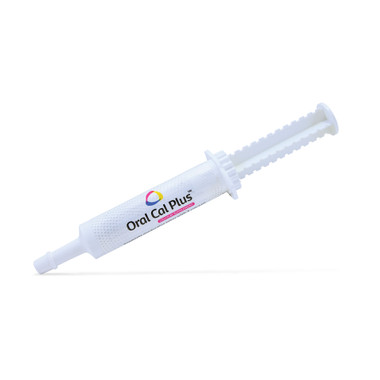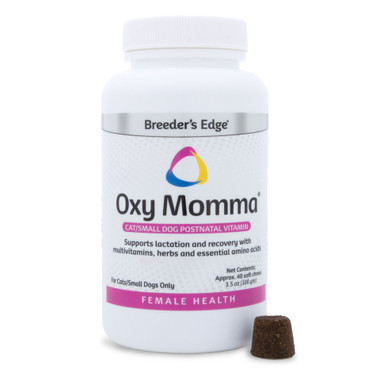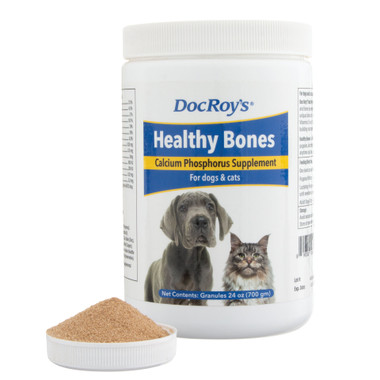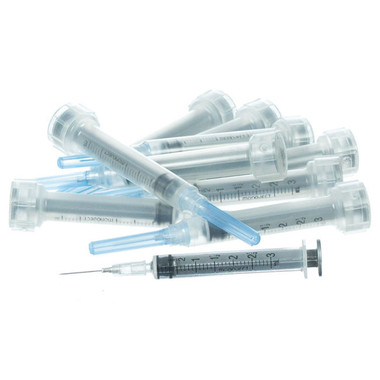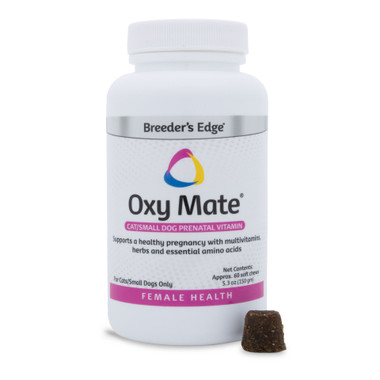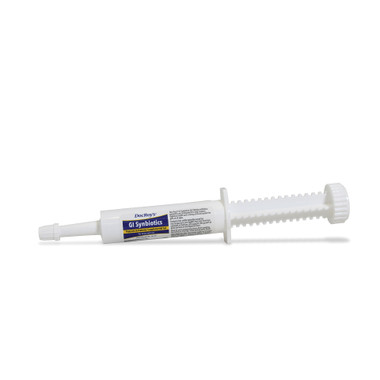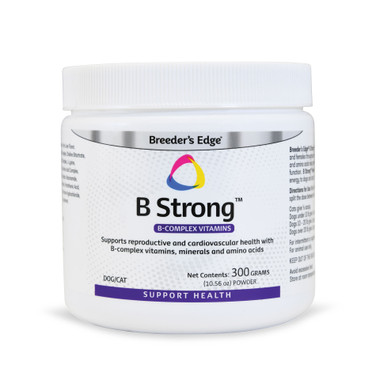How to Remove a Tick from a Dog
Estimated 0 min read
Ticks are tiny but their impact on your dog can be huge. Removing them correctly and swiftly is crucial to prevent the spread of serious diseases.

Tick found on dog’s skin
With the right approach, you can ensure that these pesky parasites don’t endanger your dog’s health.
In this short blog, we’ll equip you with the necessary knowledge and techniques to safely remove ticks from your dog, manage the aftercare effectively, and understand the signs that indicate a visit to the vet might be needed.
Let’s ensure your dog stays happy, healthy, and tick-free.
What to Know About Removing Ticks on Dogs
Ticks on dogs can transmit serious diseases, so swift and correct removal is crucial. Thoroughly check your dog’s body, especially ears, eyelids, underbelly, neck, and legs. Use fine-point tweezers or a tick removal tool to grasp the tick close to the skin and pull straight up. Dispose of the tick in alcohol, clean the bite area, and monitor for signs of infection or illness. Avoid burning, suffocating, or twisting the tick. Proper aftercare and vigilant monitoring are essential. Consult a vet if your dog shows any concerning symptoms post-removal.
Understanding How Ticks Get on Dogs

Remove ticks immediately
Ticks are external parasites that feed on the blood of mammals, including dogs.
When a tick attaches to a dog, it uses harpoon-like barbs on its mouthparts to anchor securely to the host. This attachment is crucial for the tick, as it needs to remain attached for several hours to several days to complete its blood meal.
The danger to dogs increases the longer the tick is attached, as it allows more time for any pathogens the tick is carrying to be transmitted into the dog’s bloodstream. Belonging to the arachnid family, these small creatures can transmit serious diseases such as Lyme disease, ehrlichiosis, and Rocky Mountain Spotted Fever.
Given the risks associated with delayed tick removal, it is essential for pet owners to act swiftly and effectively.
Finding Ticks on Your Dog’s Body
Ticks are adept at hiding on your dog’s body, making a thorough check essential after any outdoor activity. To ensure you don’t miss these tiny parasites, here are the key areas to inspect:
- Ears: Check both inside and around the ears, as ticks can easily hide in these crevices
- Eyelids: Inspect around the eyelids, a less noticeable spot where ticks may attach
- Underbelly: Feel along the dog’s stomach and groin areas, where ticks find warmth and moisture
- Neck and face: Examine around the neck, especially under the collar, and around the dog’s face
- Legs and toes: Look between the toes and under the legs, other favorite spots for ticks to latch onto
For better visibility, use extra lighting and a magnifying glass. This can help you spot ticks that are particularly small or that have not yet engorged with blood. Be sure to part your dog’s fur and closely examine the skin for any bumps or irregularities that could indicate a tick’s presence.
Once you know where and how to look for ticks, you can proceed with removing any that you find.
Essential Tools to Remove a Tick from a Dog

Use tweezers to remove ticks
Before attempting to remove a tick from your dog, gathering the right tools and creating a calm environment are crucial. Here’s what you’ll need:
- Fine-point tweezers or a specialized tick removal tool: These are essential for precise tick extraction without squeezing the tick’s body
- Gloves: Wear gloves to protect yourself from potential infections and direct contact with the tick
- Isopropyl alcohol: Have a small container filled with isopropyl alcohol ready for tick disposal
- Antiseptic: You’ll use this to clean the bite area after removing the tick
- Jar or container with a lid: This is for safely containing the tick after removal
To ensure a smooth tick removal process, keeping your dog calm is key. Choose a quiet room and gently pet your dog to help them relax. If necessary, having a second person to help hold your dog can prevent sudden movements during the tick removal. Keep treats handy to reward and soothe your dog throughout the process.
With the right preparations in place, you’re ready to safely and effectively remove a tick.
How to Safely Remove a Tick from a Dog

Be sure to isolate the problematic parasite
Removing a tick from your dog is a delicate process that requires precision and care to ensure complete removal and prevent infection. Follow these steps to effectively and safely remove a tick:
- Isolate the Tick: Gently part your dog’s fur around the tick. Use extra lighting if needed to clearly see the tick
- Grasp the Tick: With the tweezers or tick removal tool, grasp the tick as close to the skin’s surface as possible. Be careful not to pinch your dog’s ski
- Pull Out the Tick: Slowly pull the tick straight up with steady, even pressure. Avoid twisting or jerking movements to prevent the mouthparts from breaking off and remaining embedded in the skin.
- Dispose of the Tick: Place the tick in a jar or container filled with isopropyl alcohol to kill it. Seal the container and label it with the date in case you need to consult a vet later.
- Clean the Bite Area: After the tick is removed, cleanse the bite area with an antiseptic. Apply a triple antibiotic ointment to prevent infection.
- Monitor the Site: Keep an eye on the bite site for several days for signs of redness, swelling, or infection. If any of these symptoms occur, consult your veterinarian.
Following these steps will ensure that you remove the tick safely and take the necessary precautions post-removal.
What Not to Do During Tick Removal

Always wear gloves during removal
When it comes to removing ticks from your dog, it’s crucial to avoid certain misguided practices that can harm both your pet and increase the risk of disease transmission.
One common myth is the idea of burning a tick off. This method is not only ineffective but also dangerous, risking burns to your dog’s skin and possibly causing the tick to release more saliva into the bite, heightening the chance of infection.
Similarly, applying substances like Vaseline to suffocate the tick is ill-advised. Ticks do not require much air to survive, and covering them with Vaseline may actually irritate the tick, leading it to expel additional saliva or even regurgitate its stomach contents, which can carry pathogens.
Another frequent mistake is twisting or jerking the tick during removal, which often results in the mouthparts breaking off and staying embedded in your dog’s skin. This can lead to further complications, including infection and inflammation. Some might also consider using nail polish or alcohol on the tick, thinking it will kill it quickly; however, like with Vaseline, these substances can provoke the tick to release more saliva or regurgitate, which increases the risk of disease.
It’s also imperative to avoid removing ticks with your bare hands. Direct contact with a tick can expose you to dangerous pathogens. Always use fine-point tweezers or a tick removal tool and wear gloves to ensure your safety and the effective removal of the tick. By steering clear of these unsafe practices, you can ensure a safer and more effective tick removal process.
What to Do After You Remove a Tick
Proper aftercare is essential to prevent infection and monitor your dog’s health following a tick removal. Here’s how to manage the process effectively:
- Immediately after removal, place the tick in a small container filled with isopropyl alcohol. This ensures the tick is killed, preventing it from posing a risk to others. Seal the container and label it with the date, which can be useful for medical reference if your dog shows symptoms later
- Use soap and water or an antiseptic wash to thoroughly cleanse the area where the tick was attached. This helps prevent infection at the site of the bite
- After cleaning, apply a small amount of triple antibiotic ointment to the bite site to further reduce the risk of infection. This step is crucial, especially if any part of the tick broke off during removal
- For the next few days, keep an eye on the bite area for signs of redness, swelling, or pus, which could indicate an infection. It’s also wise to watch for any allergic reactions.
- In the weeks following the tick removal, be vigilant for symptoms such as fever, lethargy, joint swelling, or decreased appetite, which could suggest a tick-borne illness
Taking these steps ensures that you’re not only addressing the immediate concerns related to tick removal but are also safeguarding your dog’s health in the longer term.
Monitoring Your Dog After Removing a Tick

Monitor your dog for any behavioral changes
After you’ve successfully removed a tick from your dog, close monitoring in the following weeks is crucial to ensure that your pet has not contracted any tick-borne diseases. These diseases, which can have serious health implications, may not present symptoms immediately. Key signs to watch for include lethargy, fever, uncharacteristic stiffness or discomfort, joint swelling, and loss of appetite.
The site of the tick bite itself can also provide important health clues. Check regularly for signs of infection such as redness, swelling, or a discharge. It’s normal for a small bump to persist for a few days after the tick’s removal, but if the area seems to worsen or doesn’t heal, it could be a sign of an embedded tick part or an infection.
Behavioral changes in your dog following a tick removal should also be closely observed. If your dog seems unusually tired, reluctant to go on walks, or is reacting painfully when touched, these could be early indicators of a tick-borne disease. Similarly, any neurological changes, such as coordination problems or uncharacteristic aggression, should be considered serious and warrant immediate veterinary attention.
If your dog begins to exhibit any of these symptoms, or if you simply have concerns about a tick bite, consult your veterinarian promptly. The vet can perform blood tests to check for tick-borne diseases and start treatment early, which can significantly improve the prognosis. Remember, the sooner a potential tick-borne illness is addressed, the better the outcome for your pet. Always err on the side of caution and get a professional evaluation if your dog’s health seems at all compromised after a tick encounter.
While ticks are a perennial threat, with the right knowledge and tools, you can protect your furry friend from the risks they pose. We hope this guide has equipped you with the confidence to handle tick encounters safely and effectively.
Learn More from Banixx Pet Care
At Banixx, we’re committed to helping you keep your dog in top health. Our website offers a wealth of resources on preventive care, treatment options, and everyday tips for dog wellness.
Whether you’re dealing with parasites, pondering the best dietary choices, or looking for ways to enhance your dog’s life, Banixx is here to support you every step of the way.
We invite you to join us on this journey, via our dogblog, ensuring that every wag, woof, and playful leap is filled with health and happiness. We have a variety of other blog topics to please everyone, such aswhy your dog sleeps against you, orif dogs can get psoriasissyep, we’ve got those covered.
Sources
https://www.preventivevet.com/pets/how-to-remove-a-tick-from-your-dog-or-cat
https://www.purina.com/articles/dog/health/parasites/ticks-on-dogs
https://be.chewy.com/how-to-remove-a-tick-from-a-dog/
akc.org/expert-advice/health/how-to-remove-tick-from-dog







